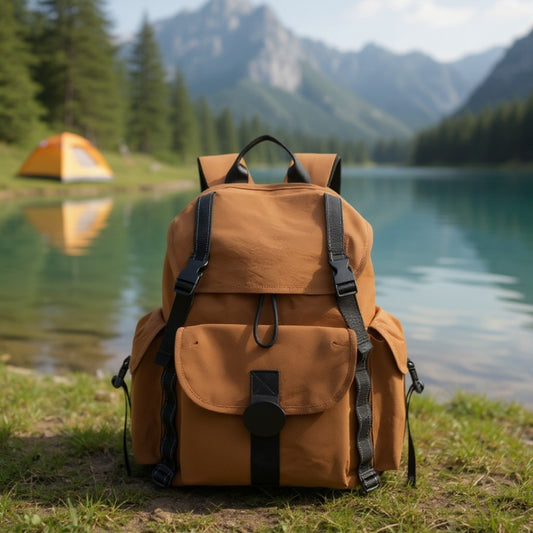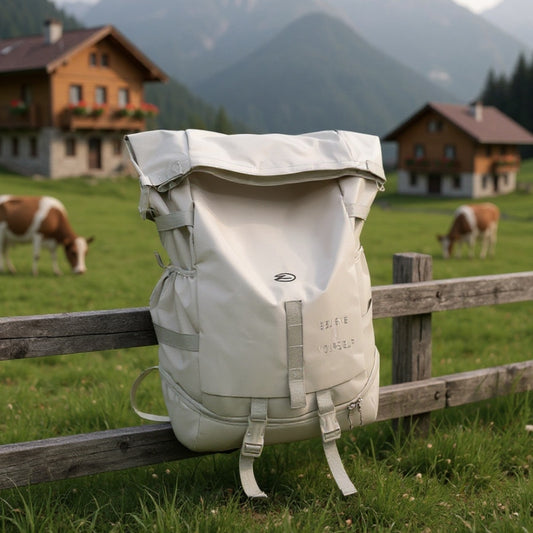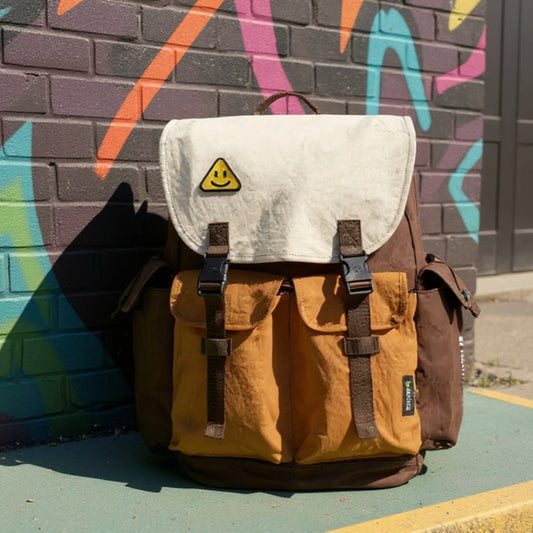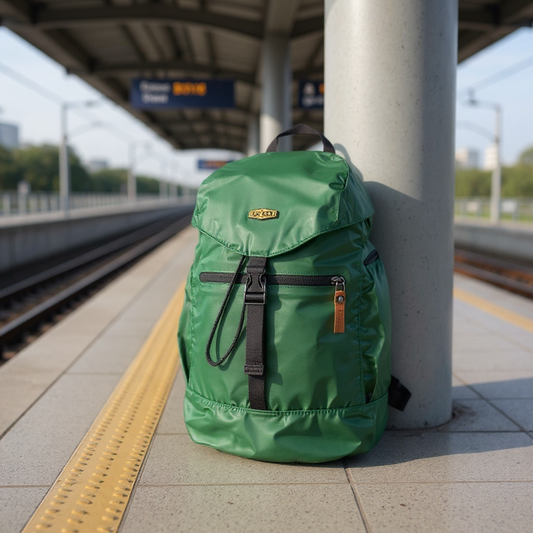Creek Fishing: Are There Fish in This Creek? 5 Signs to Check First
Compartir
Stood in a creek near Snoqualmie last summer doing creek fishing. Water looked good—clear, moving, some rocks. Seemed like it should have fish.
Spent an hour casting while creek fishing. Caught nothing. Saw nothing. Not even a minnow.
Walked 100 yards downstream to a section that looked basically the same to me for creek fishing. Jake (neighbor who actually knows creek fishing) caught six smallmouth in 30 minutes.
Made me realize I had no idea how to tell if a creek section actually holds fish or if it's just pretty water with nothing in it for creek fishing.

Signs a Creek Has Fish for Creek Fishing
Minnows
If you see small minnows during creek fishing, there are probably bigger fish. Minnows don't hang out where predators can't survive.
Easiest way to check: stand still in shallow water for a few minutes. Minnows will come investigate your feet if they're around. If nothing shows up after five minutes, that section might be empty.
I've stood in creeks where minnows showed up within two minutes, nibbling at my ankles. Those creeks always had bigger fish. The ones where nothing appeared after 10 minutes? Usually empty.
The Riffle Test for Creek Fishing
Good creeks for creek fishing have riffles—shallow sections where water moves fast over rocks. These spots oxygenate the water and create habitat for aquatic insects.
No riffles usually means no fish, or at least fewer fish. Water needs movement to stay healthy.
Every productive creek fishing section I've fished had at least one riffle within casting distance. The calm pools without nearby riffles? Almost always empty for creek fishing.

Structure for Creek Fishing
Fish need places to hide during creek fishing. Rocks, logs, undercut banks, deep spots—anything that breaks up the current and provides cover.
Creeks with nothing but smooth gravel bottoms and consistent depth don't hold many fish. Nowhere for them to rest without fighting current constantly.
Jake taught me to look for "texture" in the creek. Lots of different depths, speeds, and features = probably has fish. Uniform and featureless = probably doesn't.
Where Fish Actually Are
This took me months to figure out. Even in creeks that have fish, they're not distributed evenly.
Below Riffles
The section right below where fast water meets slower water—this is where fish stack up.
Food washes down from the riffle, fish wait in the calmer water to grab it. Less energy than sitting in the riffle itself, more food than sitting in slow water.
I used to cast into the riffles themselves. Waste of time. The fish are 5-10 feet downstream from where the riffle ends.

Along Current Seams
Where fast water meets slow water, there's a visible line—that's the current seam. Fish sit on the slow side and dart into the fast side for food.
These are hard to spot at first. Once you learn to see them, they're obvious. Look for foam lines, debris collecting in lines, or changes in water surface texture.
Near Structure
Any rock, log, or depth change creates a spot where fish can rest. They sit behind or beside these features, facing upstream, waiting for food.
On my favorite hikes around Washington, I now automatically scan for structure when I cross creeks. Big rock = probably a fish sitting behind it.
Not Where You're Standing
Fish want oxygen, food, safety, and a current break. The calm, shallow section where you're wading to take a photo? Usually none of those things.
Move to the riffles, cast into the seams, target structure. That's where they are.

What I Do Now
1. Look for Minnows First
Stand still in shallow water for 3-4 minutes. If minnows show up, the creek probably has bigger fish. If nothing appears, might not be worth fishing that section.
Takes five minutes, saves an hour of casting into empty water.
2. Find the Riffles
Walk until I see moving water over rocks. That's where I start fishing—right below where the riffle meets calmer water.
Haven't caught fish from a creek section without nearby riffles yet. Maybe it's possible, but I haven't seen it.
3. Target Edges
Current seams, structure, banks with undercuts—anywhere fish can sit without fighting current constantly.
The middle of calm pools? Rarely productive. The edges where stuff happens? That's where fish are.
4. Move Fast If Nothing Happens
Used to spend 30 minutes in one spot hoping fish would show up. Now I give each spot maybe 10 casts. If nothing happens, I move.
Creek fish either bite quickly or they don't bite at all. Sitting in one spot rarely changes that.

When Creeks Look Good But Aren't
Sometimes you'll find a creek that checks all the boxes—riffles, structure, clear water—but still has no fish.
A friend once fished a creek in Alberta that looked perfect. Clear water, rocks, good flow. Stood there taking photos trying to figure out where to cast. The fish were 50 yards downstream at the riffles, not in the calm section where he was standing.
That's creek fishing. The water looks good, and there probably are fish, but you need to know where to look.
When Creeks Actually Are Empty
Not every creek has fish. Some legitimate reasons why:
Too Small
Creeks that dry up in summer can't support year-round fish populations. If it's seasonal, fish might move in during high water but leave when it drops.
Width matters less than you'd think—I've caught fish from creeks I could jump across. But if there's no deep water at all, fish struggle.
Too Warm
Trout need cold water. If the creek runs through open fields in summer with no shade, it might get too warm for them.
Smallmouth and sunfish handle warmer water better, but even they have limits.
Barriers Downstream
If there's a dam, waterfall, or culvert that fish can't pass, and the creek starts above that barrier, there might be no way for fish to get there.
Seen this on some multi-day hikes where the creek originates from a spring above any connection to fish populations.
Recent Problems
Floods, droughts, pollution, or other events can wipe out fish populations. Creek might look perfect but be temporarily empty while fish recolonize.
What Actually Works
Spent a summer checking creeks near hiking trails. Maybe 20 different streams. Here's what I found:
- 15 had visible fish
- 3 had minnows but no larger fish I could see
- 2 appeared completely empty
The empty ones were both very small (under 2 feet wide) and very shallow (under 6 inches deep). Everything else had at least some fish.
Best spots were always just below riffles, along current seams, or near structure. Never in the calm, shallow sections that look safe for wading.
Gear That Helps
Same lightweight pack I use for hiking works fine for creek fishing. Small rod, basic lures, wading shoes.
Polarized sunglasses help more than anything else. They let you see through surface glare and spot fish before you cast.
Jake wears polarized glasses every time. I bought cheap ones from a gas station—work fine. Can actually see fish now instead of guessing.
The Short Answer
Are there fish in that creek? Probably, if:
- It has riffles
- There's structure (rocks, logs, depth changes)
- Water stays cool and flows year-round
- You can see minnows
But even in creeks with fish, they're not everywhere. They're in specific spots—below riffles, along seams, near structure.
Learning to read water matters more than knowing if fish exist in the creek somewhere. They might be there, but if you're standing in the wrong spot, you won't catch them.
Sometimes the best advice is simple: just try. Put a line in the water. If you catch something, there are fish. If you don't catch anything after 20 minutes, move to a different spot.
Next time you're on a waterfall hike and cross a creek that looks good, take five minutes to check for minnows and scan for structure. If both are present, fish probably are too.




